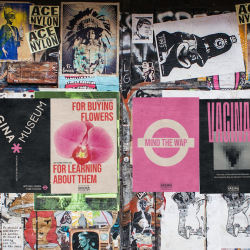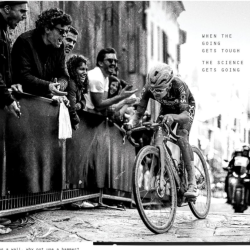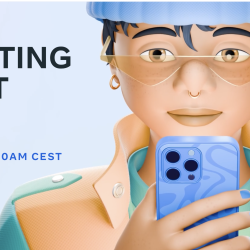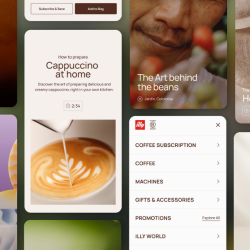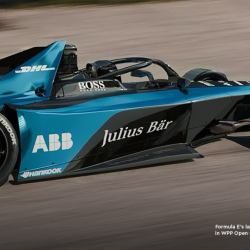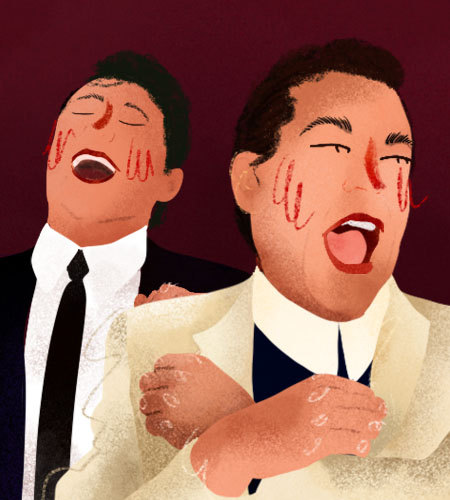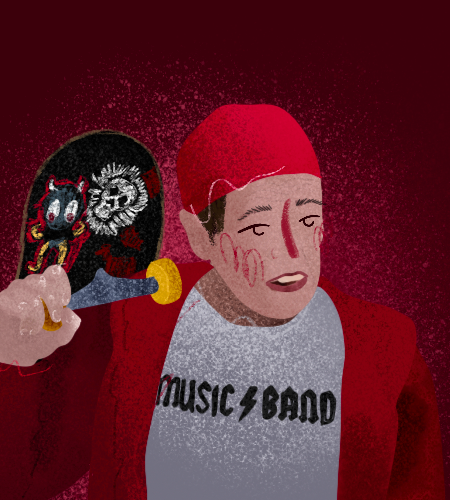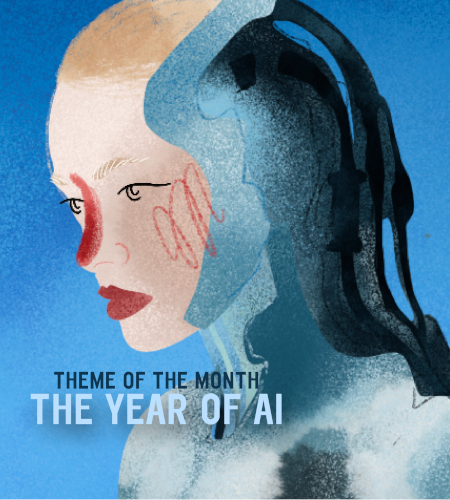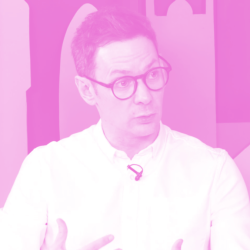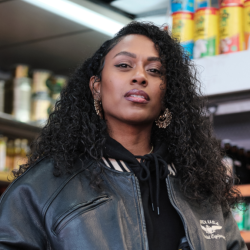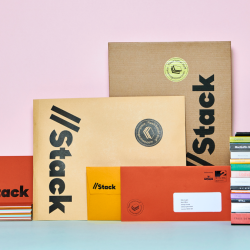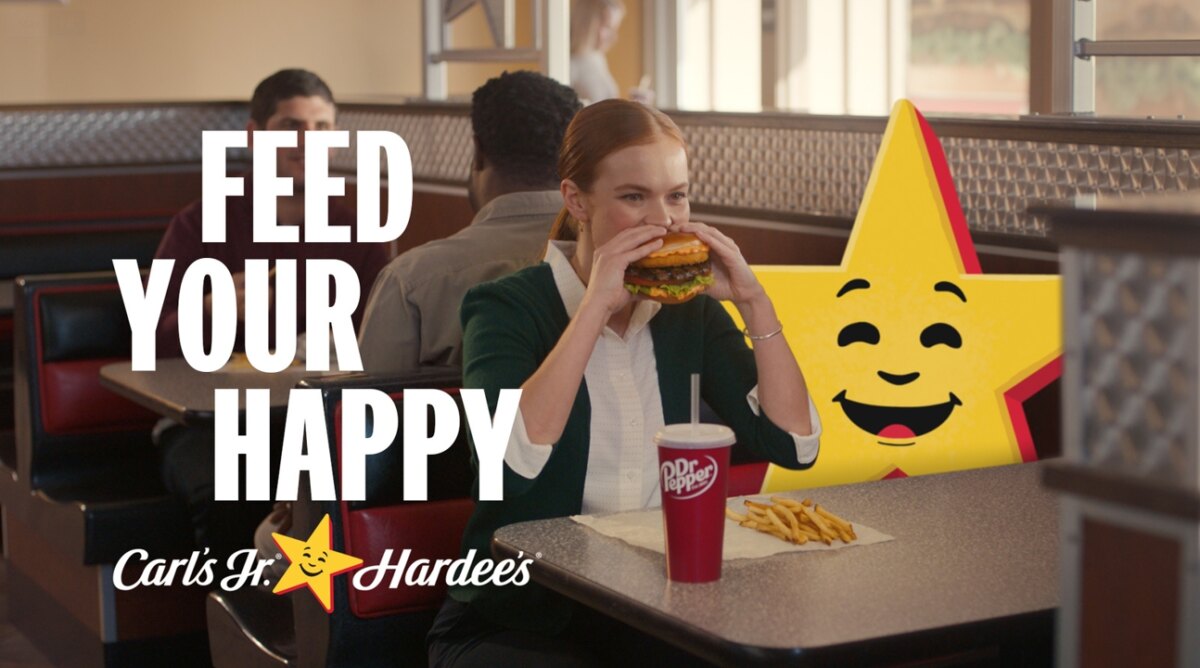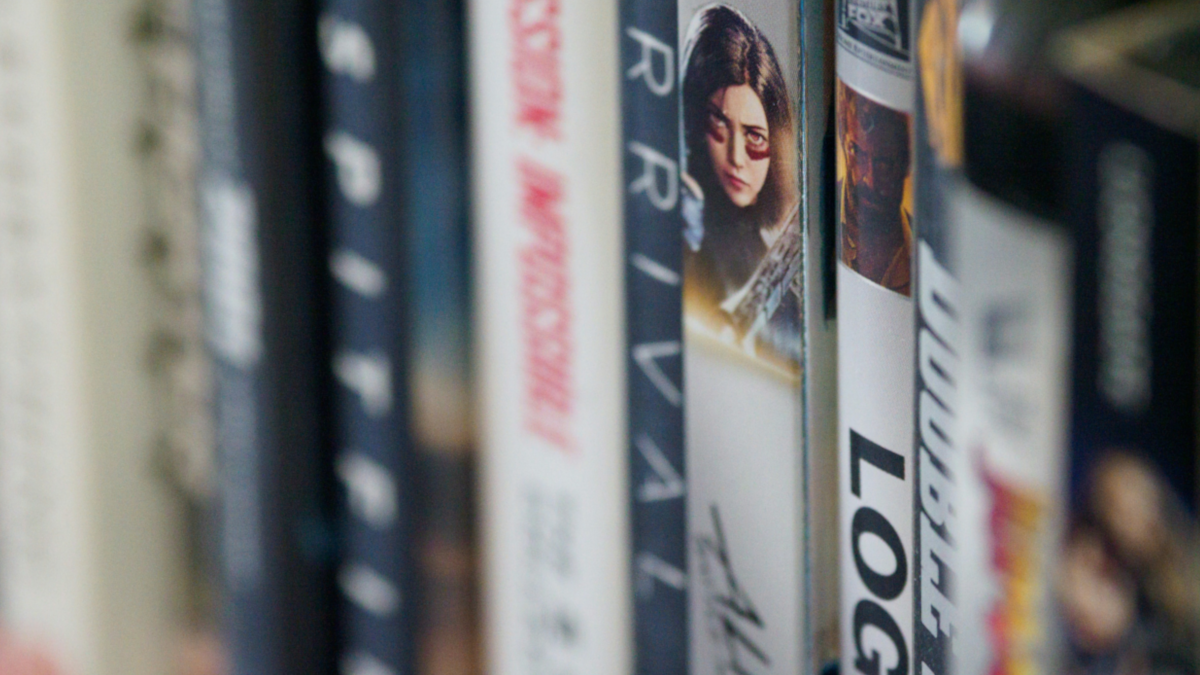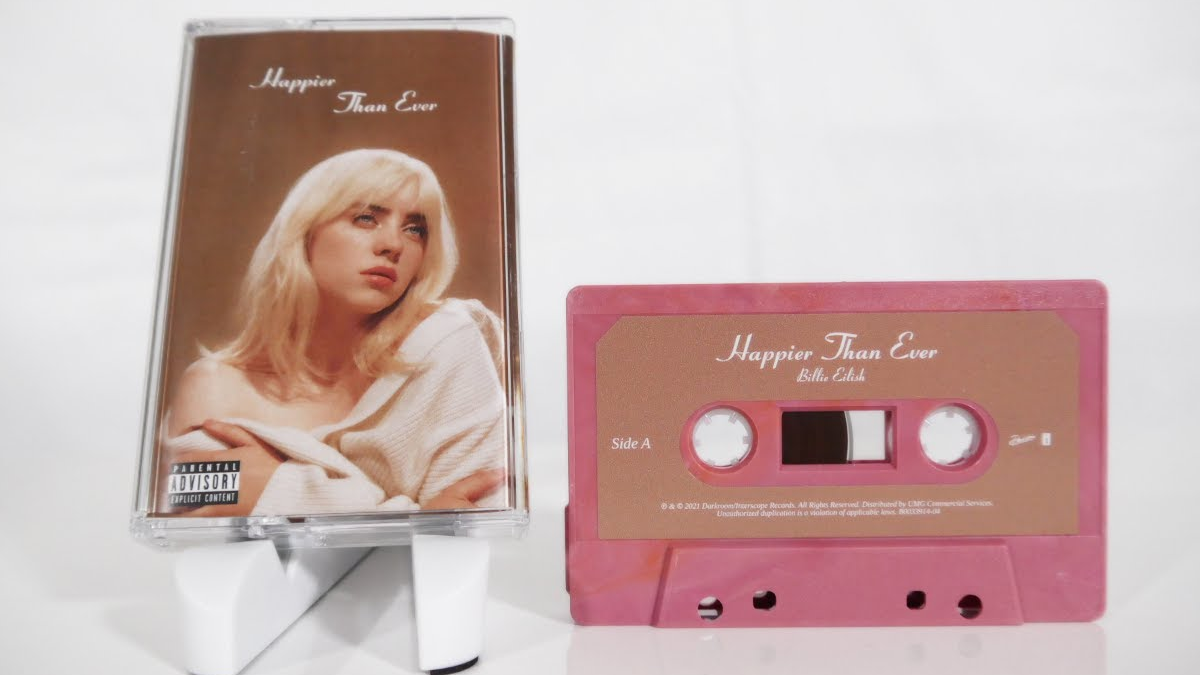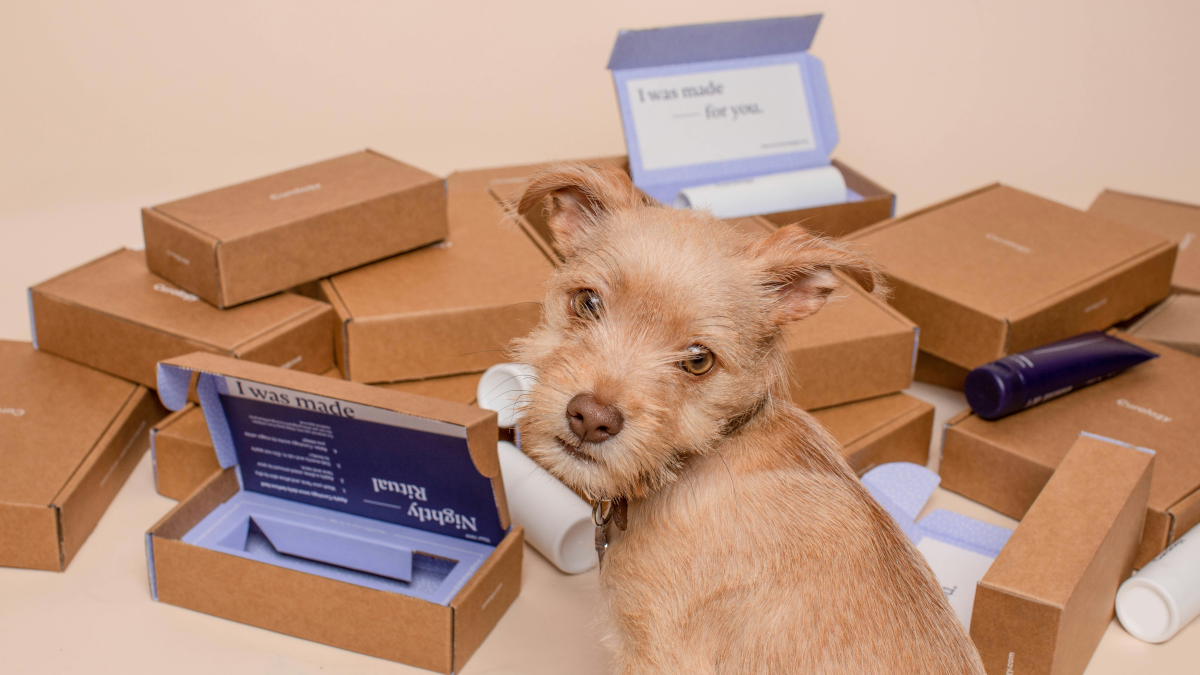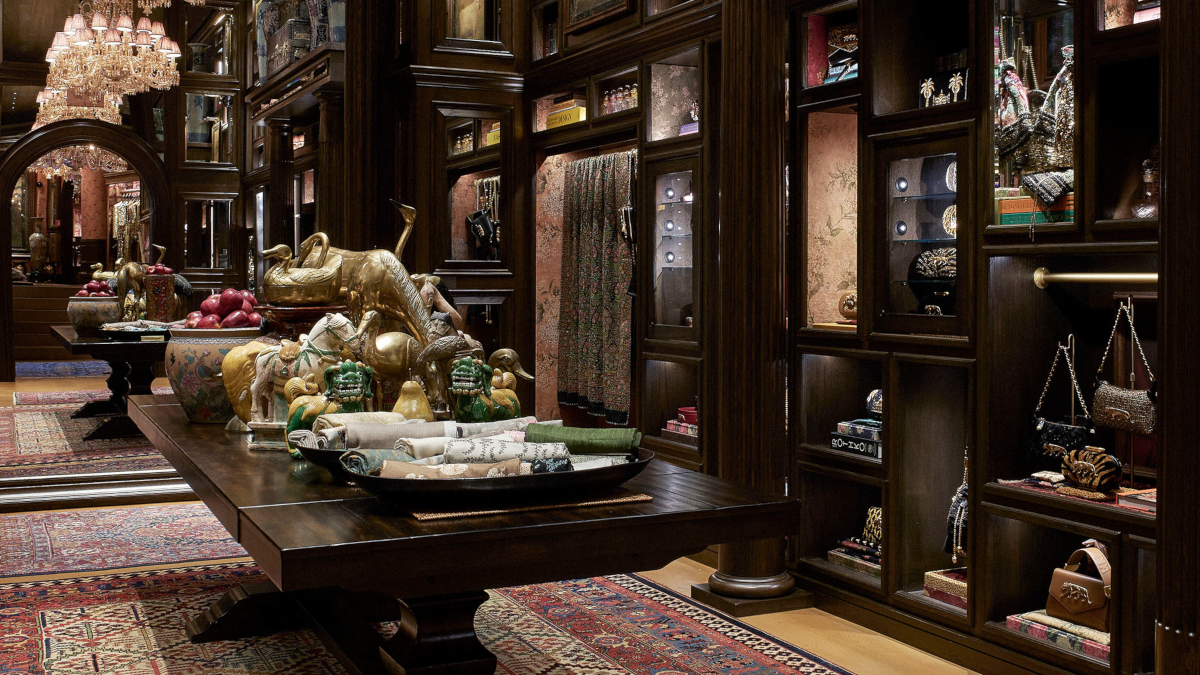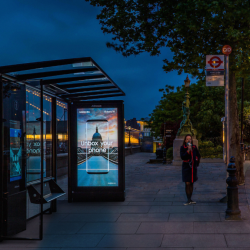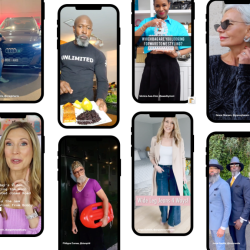Say “hello” to this article. Go on, say it. Say “hello” to it. Open your mouth and say it. SAY “HELLO”.
You don’t want to, do you? Because saying “hello” to an intangible set of thoughts or inanimate object makes no sense whatsoever.
But the advertising industry can’t be deterred by clumsy articulations, because “say hello to…” is everywhere. In recent months, I’ve seen adverts telling me to “say hello” to a new Nespresso machine, a bank, an online workout subscription, some golf clubs, and 5G.
When you notice such foolish and spectacular sameness, it’s immediately impossible to unsee. Simple terms that were once a happy addition to your everyday vocabulary become a source of disdain, and irrational fury. Like the word REIMAGINE.
The word “reimagine” has crept into the advertising space in tandem with the growing number of brands hiring management consultants to manage their journeys into the future. We’re being sold shoes, reimagined. Laptops, reimagined. Teabags, reimagined. Cars, reimagined. And every single one of them is only slightly different.
The word “reimagine” is a tactic. It’s grandiose waffle (which is why management consultants love it). A meaningless word. Style over substance. A preference for what sounds good, versus what actually says something. So why is everyone doing it?
Well, that’s… what we do! Examples of copycat culture in our industry are endless. In fact, BBH Labs even created a formula to show how predictable modern marketing speak has become. It’s called the “verb your…” template.
Step 1: Take a verb
Step 2: Add “Your”
Step 3: Finish it off with a word that has something to do with what you’re selling.
E.g.
1. Electrolyse Your Exercise
2. Hydrate Your World
3. Move Your Lee
4. Feed Your Happy
Feel familiar? Of course it does. But it’s not just consumer-facing formulas we’ve effortlessly slipped into. Behind the scenes, the language and vocabulary we use in advertising has become just as repetitive and templatised. Exhibit A being the word “engagement”: churned out with such flippancy and regularity that does anyone really know what it means?
I put the question out to Twitter’s thriving marketing community, to see what meaningless words and phrases they hate the most… and instantly wished I hadn’t. It was impossible to keep up, and eventually I had to lock my replies. Seems a lot of people hate a lot of things about how we communicate – both to customers, and amongst ourselves.
(If you’ve got a spare 10 minutes read the whole thread for some pure LOLs of frustration.)
Here’s some highlights. The cliches. The jargon. The painful tropes.
Whether it’s reimagining chocolate bars or being disruptive with data, it’s clear there’s something wrong with how we speak. So what’s the problem, because it wasn’t always like this?
PHD and Mark Ritson reckon the marketing world is having a midlife crisis. (Is mid-life crisis a tricky term to use these days? Maybe…) They argue that using words like disruptive, hack, phygital (oh my god) and PIVOT signals an existential panic and loss of identity.
They’ve even created “crisis archetypes” for agencies, like the Donald (a lack of intelligence but pathological need to be heard), the Houdini (creating an illusion of cool, via buzzwords) and the Madonna (distracted by shiny new things). I’d like to note here that I am offended on Madonna’s behalf. But we all know a Donald, a Houndini and a Madonna. We’ve probably worked for a few, too.
However, I think this crisis is an outcome of a far bigger, deeper issue. In fact, I believe the issue is so very big that there’s two parts to it.
1. We’re insecure
Use of buzzwords and cliches is a sign of status anxiety. A study from the University of Southern California found that the more insecure people are, the more jargon they use. Interestingly, as part of the research they analysed 64,000 dissertations and found the lower the status of the university, the more jargon the author tended to employ.
This tells you a lot about the individuals and agencies that make up the ad industry, and the comfort blanket our meaningless language provides. Mimicry is seen as key to survival. Andrew Meltzoff, co-director of the University of Washington Institute for Learning and Brain Sciences describes humans as “imitative generalists” which means we mimic everything – “postures, vocalizations, and even nonsensical behaviour” in order to fit in.
If they feel unsafe, humans will mimic stuff even if they don’t really understand it. The more we mimic, the less chance there is of us being challenged, or disagreed with. Which means that we’re primarily driven by not being wrong.
Insecurity will emerge when you work for an industry in which everybody threatens each other with irrelevance. It’s obsessive. You don’t live in the Metaverse yet? Irrelevant. You don’t use AI to optimise your digital creative? Irrelevant. You haven’t reimagined your entire product? YOU’RE IRRELEVANT, GRANDMA. No one wants to be irrelevant, so we all do the same merry dances and use the same silly words and chase the same ridiculous technologies because we’re living in fear of our peers concluding we’re not worthy to serve brands.
And all of this is exacerbated because…
2. We’re too close
Social media didn’t always exist. Trade press – when it was in print – used to be lucrative, thank you very much. The shiny weekly mags would sit on your agency coffee table, they’d even get skimmed, and when you secured the front page… OMG!
But as we’ve all migrated online and industry content is churned out at a million megabytes a minute we’re able to see every move that every creative, brand and agency makes. We hear each other’s thoughts, know each other’s pet peeves, and feel each other’s sharp tongues on a regular basis.
This has made the ad industry feel small, meaning that instead of being an individualistic and impersonal social group (which is common in most western macro societies) we’ve created our own kin-based, closely knit network. It’s strangely familial, and extremely claustrophobic.
Within a traditional kin-based network, people’s decisions are heavily influenced by others, and we look to each for approval, guidance and opinions. We think as a group. Or a lump. An industry bonded by social media becomes a collective. This has positives – we can hold each other accountable, for example – but a significant negative is that we’re losing the capability for autonomous thought.
To be different.
This happens in every social space, by the way. For example, the ‘TikTok voice’ attracted a lot of attention at the end of last year, when people noticed that certain creators were starting to talk in the same way, using a similar pitch and emphasis.
Whilst it’s a common behaviour in intense social groupings, the levels of frustration held by the ad world at large suggest that something’s gotta give. How do we fix it?
I used to work with a client that was brutal when it came to jargon, cliches and the repetition of meaningless fluff. In a meeting, if you used a buzzword, or even repeated yourself, someone in the meeting would shout MOVE ON, and the room would. It was hardcore, and awkward, but people didn’t commit the same crime often.
We need to move on, and reimagine the social dynamics of our industry. And by reimagine I mean change completely and utterly so that it’s totally different to how it is today. Not just, you know, change the colour of the box. We need to pull ourselves apart from each other, and penalise sameness. Easy.
Or maybe just begin with some self-awareness. Hold ourselves accountable for the shit we say. And I do mean shit. And then maybe we can say “hello” to more individuality. Or maybe just say goodbye to filling the silence with shallow, empty words.

